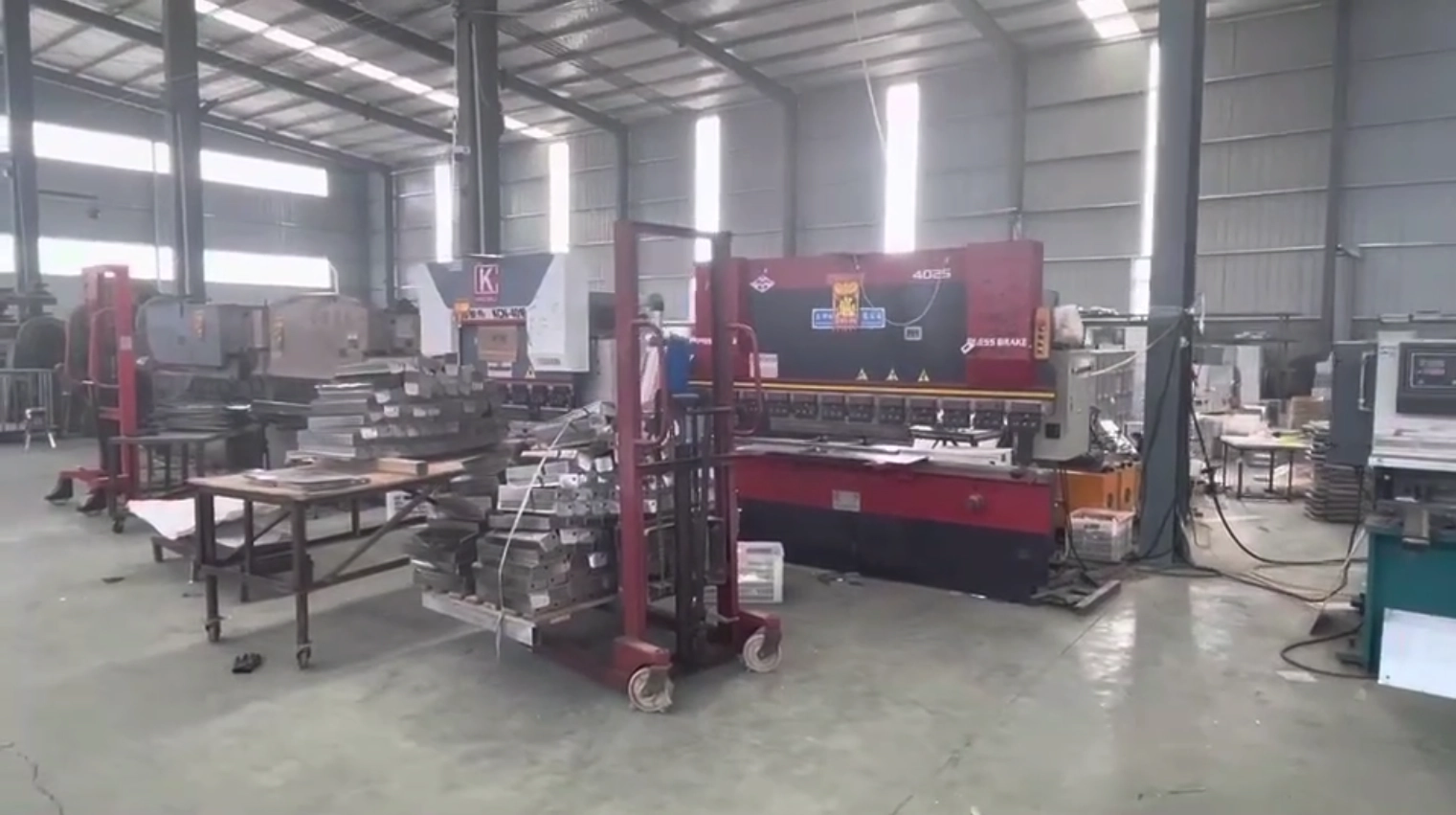◉ NEWS
HIGH-QUALITY, EFFICIENT, AND ATTENTIVE SERVICE TO USERS
05
2024
-
07
On the selection of materials for iron ladle masonry
In the metal smelting plant or foundry industry will be used to iron package, to transport iron to the mold model for mold casting, iron package is generally placed in the furnace mouth below, to be smelted by the furnace will be iron liquid through the pouring into the iron package.
In the metal smelting plant or foundry industry will be used to iron package, to transport iron to the mold model for mold casting, iron package is generally placed in the furnace mouth below, to be smelted by the furnace will be iron liquid through the pouring into the iron package.
Because the molten iron in the ladle does not need special metallurgical process, so the temperature of molten iron in the ladle is generally in the range of 1300 ~ 1450 ℃, the temperature is not too high. But it will also be damaged by three aspects:
① iron ladle ladle iron, iron ladle furnace lining by the high-temperature iron scouring wear and tear and strong thermal shock and generate a lot of thermal stress caused by thermal expansion damage;
② iron ladle in the iron during the chemical erosion of iron and slag and air oxidation, when the iron is poured into the iron, by the scouring of iron and high-temperature oxidation damage;
③ iron package iron empty, the temperature drops sharply and the furnace lining cold, but also the furnace lining exposed to the air and oxidation damage.
Iron package in this repeated use of the process, the package lining repeatedly subjected to rapid cold and heat and slag iron erosion, as well as air oxidation and iron washout. Therefore, the inner lining of the ladle should be made of refractory materials with good thermal shock resistance, scouring resistance and oxidation resistance.
At present, the iron ladle lining is mainly used two kinds of refractory masonry: the first kind of refractory brick products, such as, clay brick, high alumina brick, magnesium brick, magnesium carbon brick, etc., the second is the use of refractory castables such as aluminum silicon carbide iron ladle castables, spinel castables, some people ask which one of the two kinds of materials service life will be better, longer?
General use of refractory brick masonry package lining more than the use of cutter bricks, service life of about 150 times in the furnace, poor thermal shock resistance, low cost, short life. High alumina brick lining of the furnace lining, the service life will reach about 200 to 300 times, poor thermal shock resistance, easy to stick slag, but also not durable, repeated dismantling of packages packages labor-intensive, and higher costs, because AL2O3 is an amphoteric oxide on a variety of treatments and iron scales have a strong resistance to corrosion, but pure AL2O3 expansion coefficient is large, poor resistance to flaking, especially when using pure AL2O3 as a substrate However, the expansion coefficient of simple AL2O3 is large, and the resistance to spalling is poor, especially when simple AL2O3 is used as the matrix, the matrix part is easy to be melted by the slag infiltration, which leads to spalling and erosion, which is the main reason for the low service life of high alumina bricks in the iron package. Selection of refractory castables as package lining can solve the problem of refractory brick bricklaying ash cracks, the formation of the whole casting, but only for small iron package, labor intensity is small, low cost, but there is no great change in the material, long-term use of the effect is still not good. So the root of the problem is the need to improve the material of the bag lining is not a masonry method.
From the material that is suitable for use in the iron package lining materials need to meet, good thermal shock resistance, strong resistance to slag erosion, resistance to thermal expansion and other characteristics, after repeated testing of the selection of AL2O3-Cr2O3 material suitable for package lining is more ideal, it has excellent high-temperature performance, the melting point of Cr2O3 is as high as 2340 ° C, and with the formation of AL2O3 chrome corundum eutectic relationship, the slag infiltration Angle is quite large, can prevent the slag to the product penetration, at the same time, Cr2O3 will be slag in the iron oxide high viscosity, can reduce the slag component to the product migration, so as to achieve the effect of reducing the erosion, and at the same time, resistance to metal vapor erosion, the service life of the slag can reach more than 500 furnace times, but its cost is very high.
In the smelting or casting industry, often use the iron package containing iron for pouring, the current package lining masonry refractory materials of the popular phenomenon, the big package is still the use of refractory bricks are more such as the universal arc masonry package bricks, small packages of quartz sand plus glass water pounding and then coated with a layer of graphite powder, or with high-alumina pouring material, aluminum silicon carbide material pouring materials, so that the cost of the relatively low and also adapted to the market demand.
On the selection of materials for iron ladle masonry
2024-07-05
In the metal smelting plant or foundry industry will be used to iron package, to transport iron to the mold model for mold casting, iron package is generally placed in the furnace mouth below, to be smelted by the furnace will be iron liquid through the pouring into the iron package.
Because the molten iron in the ladle does not need special metallurgical process, so the temperature of molten iron in the ladle is generally in the range of 1300 ~ 1450 ℃, the temperature is not too high. But it will also be damaged by three aspects:
① iron ladle ladle iron, iron ladle furnace lining by the high-temperature iron scouring wear and tear and strong thermal shock and generate a lot of thermal stress caused by thermal expansion damage;
② iron ladle in the iron during the chemical erosion of iron and slag and air oxidation, when the iron is poured into the iron, by the scouring of iron and high-temperature oxidation damage;
③ iron package iron empty, the temperature drops sharply and the furnace lining cold, but also the furnace lining exposed to the air and oxidation damage.
Iron package in this repeated use of the process, the package lining repeatedly subjected to rapid cold and heat and slag iron erosion, as well as air oxidation and iron washout. Therefore, the inner lining of the ladle should be made of refractory materials with good thermal shock resistance, scouring resistance and oxidation resistance.
At present, the iron ladle lining is mainly used two kinds of refractory masonry: the first kind of refractory brick products, such as, clay brick, high alumina brick, magnesium brick, magnesium carbon brick, etc., the second is the use of refractory castables such as aluminum silicon carbide iron ladle castables, spinel castables, some people ask which one of the two kinds of materials service life will be better, longer?
General use of refractory brick masonry package lining more than the use of cutter bricks, service life of about 150 times in the furnace, poor thermal shock resistance, low cost, short life. High alumina brick lining of the furnace lining, the service life will reach about 200 to 300 times, poor thermal shock resistance, easy to stick slag, but also not durable, repeated dismantling of packages packages labor-intensive, and higher costs, because AL2O3 is an amphoteric oxide on a variety of treatments and iron scales have a strong resistance to corrosion, but pure AL2O3 expansion coefficient is large, poor resistance to flaking, especially when using pure AL2O3 as a substrate However, the expansion coefficient of simple AL2O3 is large, and the resistance to spalling is poor, especially when simple AL2O3 is used as the matrix, the matrix part is easy to be melted by the slag infiltration, which leads to spalling and erosion, which is the main reason for the low service life of high alumina bricks in the iron package. Selection of refractory castables as package lining can solve the problem of refractory brick bricklaying ash cracks, the formation of the whole casting, but only for small iron package, labor intensity is small, low cost, but there is no great change in the material, long-term use of the effect is still not good. So the root of the problem is the need to improve the material of the bag lining is not a masonry method.
From the material that is suitable for use in the iron package lining materials need to meet, good thermal shock resistance, strong resistance to slag erosion, resistance to thermal expansion and other characteristics, after repeated testing of the selection of AL2O3-Cr2O3 material suitable for package lining is more ideal, it has excellent high-temperature performance, the melting point of Cr2O3 is as high as 2340 ° C, and with the formation of AL2O3 chrome corundum eutectic relationship, the slag infiltration Angle is quite large, can prevent the slag to the product penetration, at the same time, Cr2O3 will be slag in the iron oxide high viscosity, can reduce the slag component to the product migration, so as to achieve the effect of reducing the erosion, and at the same time, resistance to metal vapor erosion, the service life of the slag can reach more than 500 furnace times, but its cost is very high.
In the smelting or casting industry, often use the iron package containing iron for pouring, the current package lining masonry refractory materials of the popular phenomenon, the big package is still the use of refractory bricks are more such as the universal arc masonry package bricks, small packages of quartz sand plus glass water pounding and then coated with a layer of graphite powder, or with high-alumina pouring material, aluminum silicon carbide material pouring materials, so that the cost of the relatively low and also adapted to the market demand.
Related News




